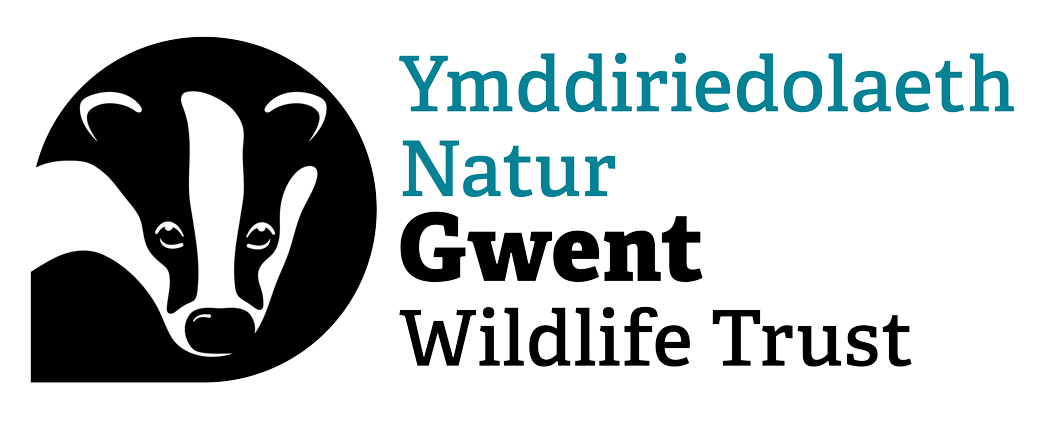Search
Chwilio
Natterer's bat
The Natterer's bat can found across the UK, although it is a scarce species. It prefers to forage low down among trees, often taking prey directly from the foliage.
Towns and gardens
The green spaces of our towns and gardens bring nature into our daily lives, brightening our mornings with birdsong and the busy buzzing of bees. Together, the UK's gardens are larger than…
Thick topshell
The thick topshell is a common sight on rocky shores in Wales and South West England.
Peatland Restoration Project
Over recent months, GWT has been working with colleagues in North Wales and Montgomeryshire Wildlife Trusts, and Wildlife Trust Wales, exploring opportunities for developing peatland restoration…
Contact your MP
By writing to your MP or meeting them in person, you can help them to understand more about a local nature issue you care passionately about.
Privet hawk-moth
With a torpedo-shaped body and long, narrow wings, the privet hawk-moth is a striking garden visitor. But the caterpillars really stand out: lime-green, with purple streaks and a black hook at the…
Rowan
Often a lone figure on a windswept mountainside or heath, the Rowan tree can stand for up to 200 years. It is well known for its masses of red berries that attract all kinds of birds, including…
Common lime
The common lime is a tall, broadleaf tree that is a natural hybrid between the Large-leaved and Small-leaved Limes. It can be seen in a variety of habitats, and has been widely planted along roads…
White-tailed Sea Eagle Reintroduction
Bigger, better and more joined up spaces for wildlife
In a special blog for our Big Give appeal, our Nature Recovery Manager Rick Mundy talks about about our vision for the Gwent landscape and how, with your help, we're creating more room nature…
Capture Hill Life Through a Lens
Dig out your camera, walking boots and bobble hat and get involved in Gwent Wildlife Trust’s Hill Life Through a Lens photography competition!
